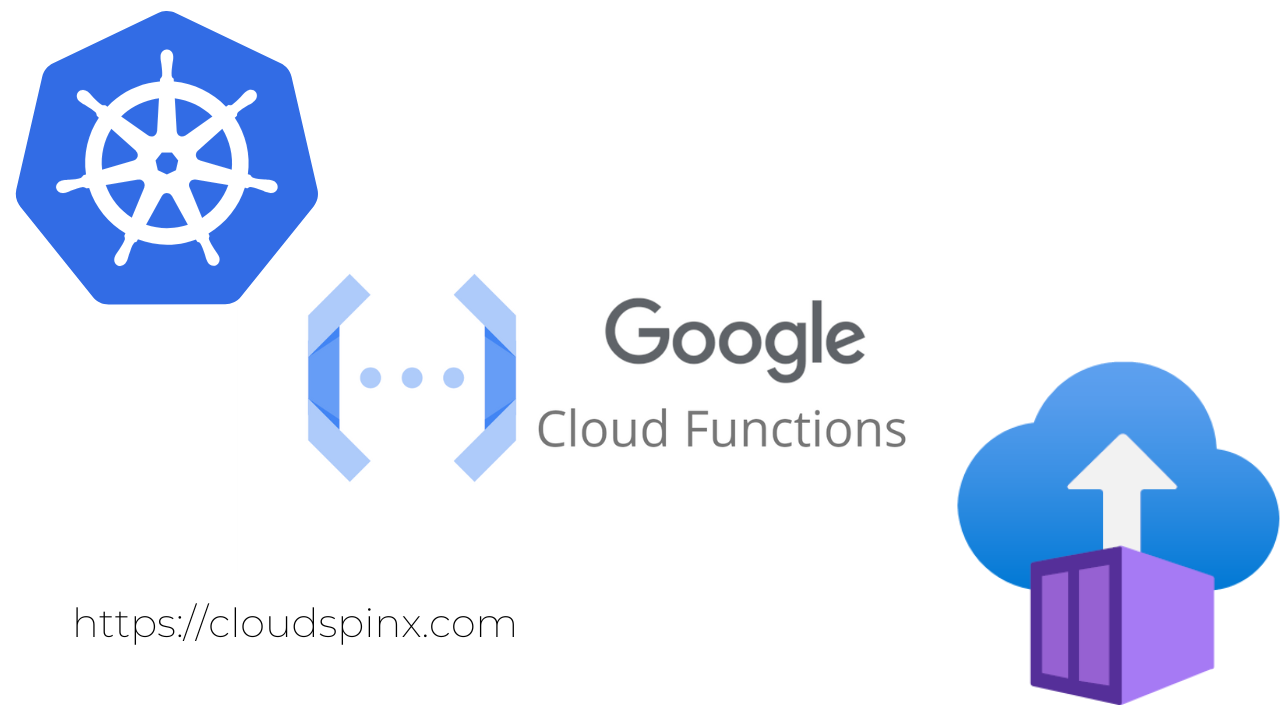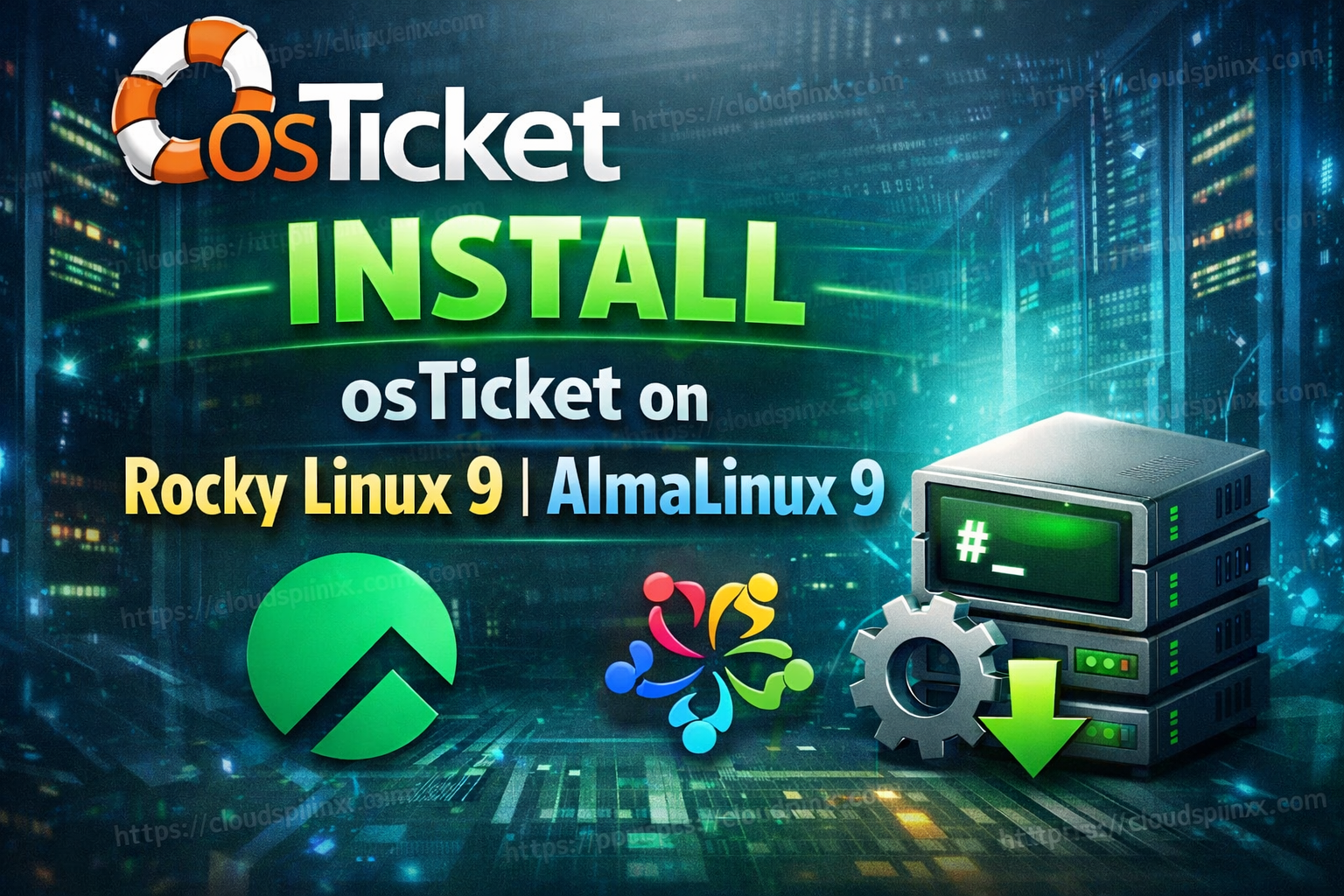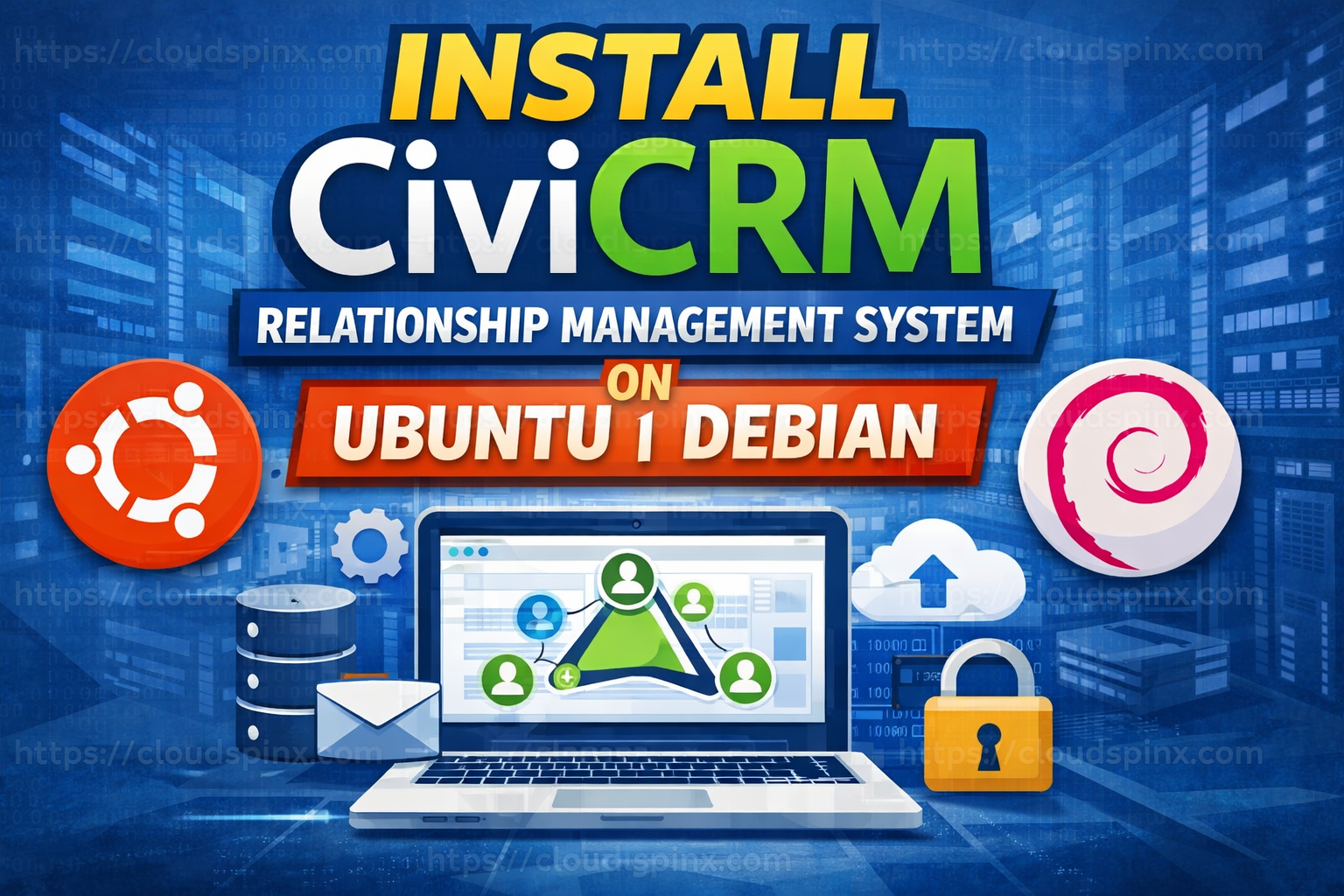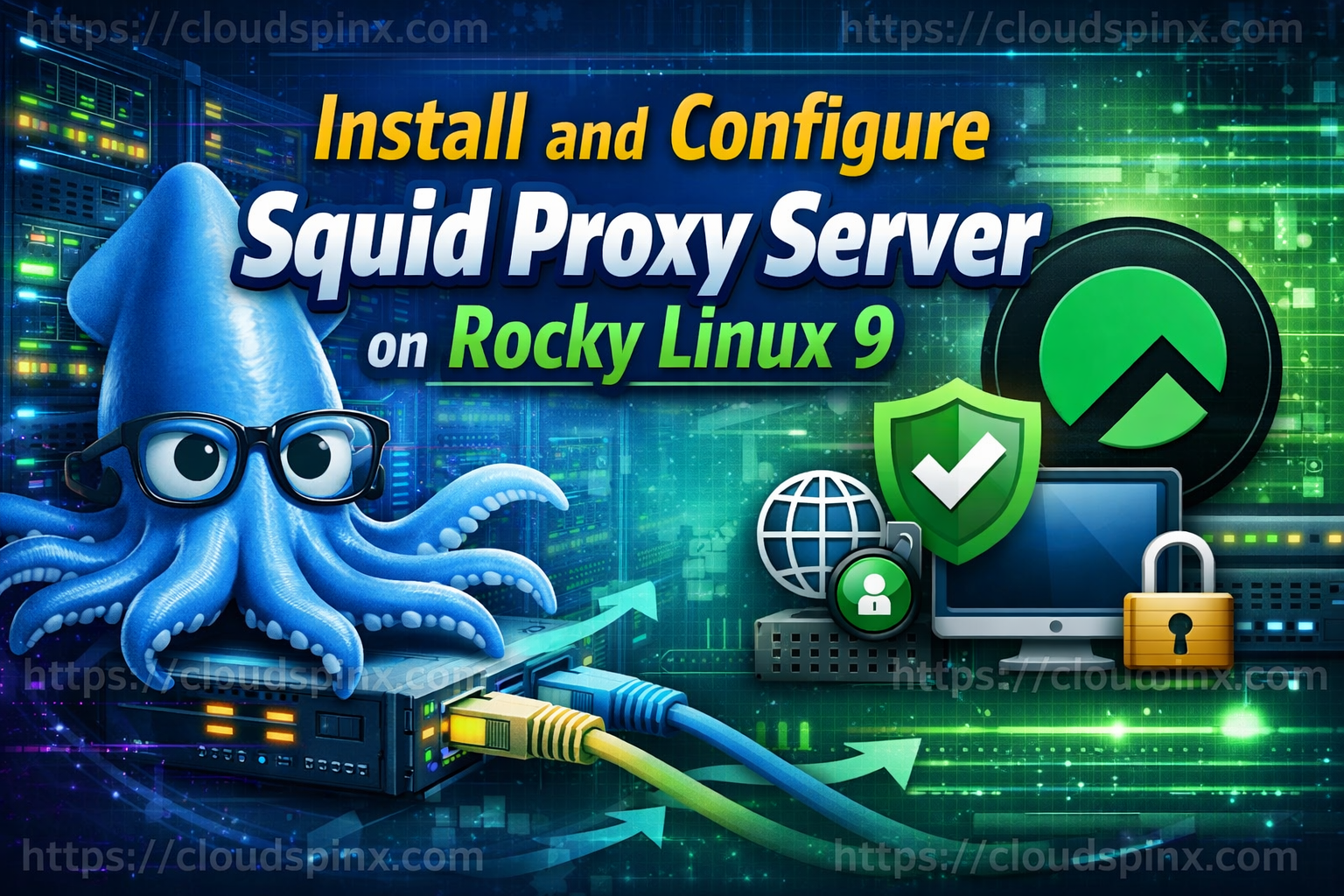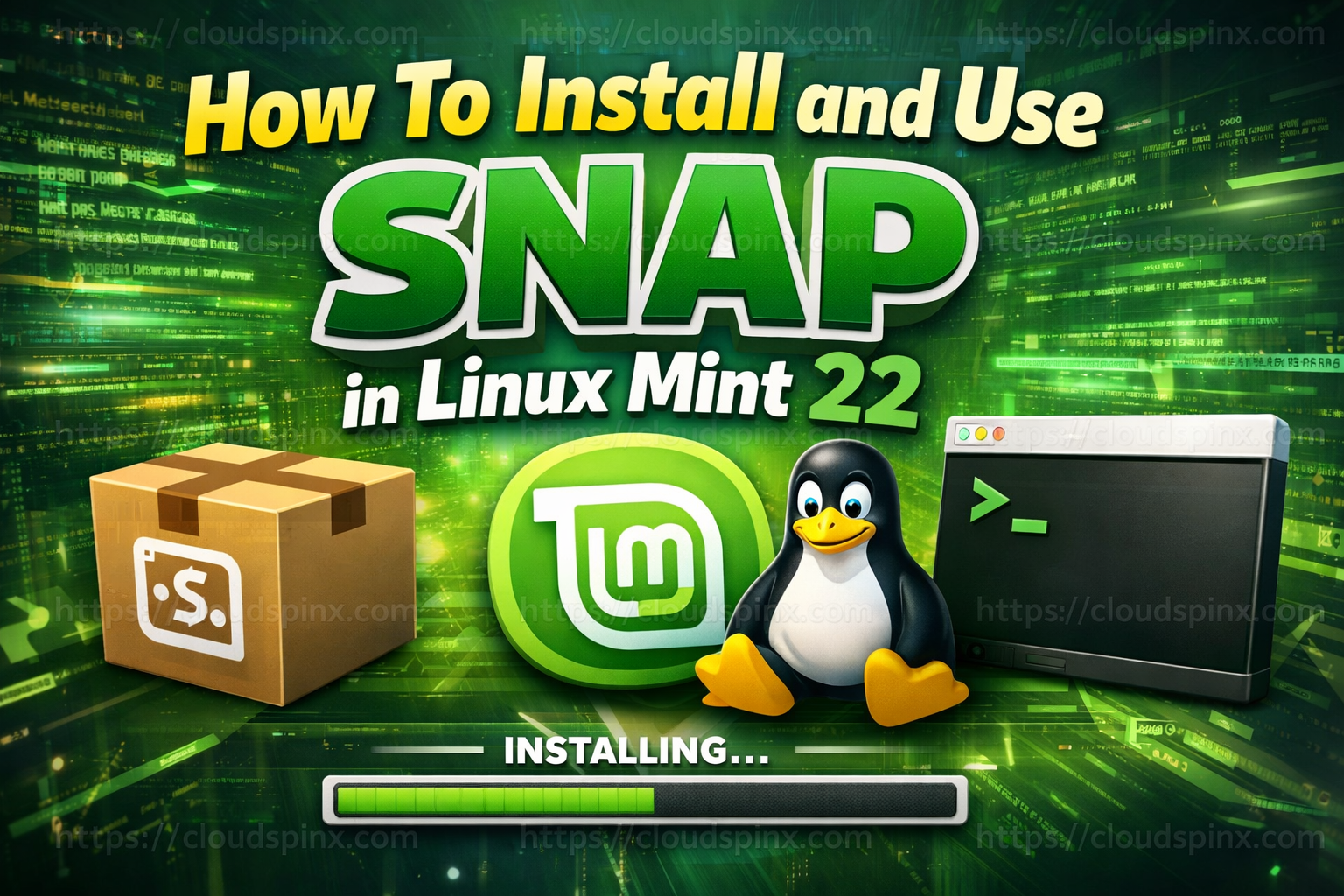We’ve come a long way from June 21, 1948, when the first software was developed. Today, software development works mostly with containers, which are used for operating system virtualization, helping with secure, fast, and efficient development and deployment.
However, you need a software management system to use containers effectively. Let’s have a look at three of the most secure software management systems that are available today.
Kubernetes
It would not be an overstatement to say that Kubernetes is the future of containerized software deployment. It is one of the most rapidly growing open-source software projects of all time. This container orchestration system makes it extremely easy to package an application along the infrastructure needed to run it.
Even though containerization is an efficient approach to software deployment, container clustering, networking, and deployment automation are very hard technical challenges to overcome, and then there is the issue of security.
Kubernetes is the best option on a functional basis because it is backed by Red Hat, Google, and Core OS.
Kubernetes security is also reliable as it offers a comprehensive suite of security configurations that combine to make your clusters, workloads, and containers secure. However, that is not to say that Kubernetes is secure out of the box. If you start developing from scratch, the security settings are not configured, and you have to do that manually. You also have to have prior expertise in Kubernetes to pull off a secure deployment project. It also does not come with built-in security.
However, you can manage these issues by managing workload security, proper workload and cluster configuration, and implementing infrastructure security.
Pros and Cons of Kubernetes
The things that make Kubernetes the platform of choice for many include:
- It can run anywhere, from in-house data centers to public cloud servers.
- Container management is efficient and agile.
- Enormous scalability potential.
- Extremely helpful for establishing an efficient CI/CD pipeline.
However, it does have certain drawbacks too:
- Kubernetes was made stateless, and it is hard to make it stateful.
- Local development and deployment with Kubernetes tend to be a bit too complicated.
- Migrating to another cloud service can get very difficult.
Azure Container Instances
For developers who want to develop applications fast without having to manage virtual machines or learn new tools, Azure Cloud Instances (ACI) is the best secure software management system. It is as simple as just an application, in a container, running on the cloud.
Running your workload in ACI lets you focus on designing, building, and improving your applications instead of worrying about the infrastructure running them in the background.
ACI makes it possible to quickly deploy containers to the cloud using just a single command. Azure Hypervisor Isolation is there to provide security for your container workloads running on a virtual machine. This feature of ACI isolates the containers from each other. No two containers share a kernel, ensuring no infection can move from one container to another.
Another useful feature of Azure Cloud Instances is Elastic Bursting. It provides additional on-demand computing power to deal with spikes in traffic. Normally, your application will run with just enough capacity or your average workload. When you are about to run out of capacity, it automatically scales out additional pods without you having to manage any additional servers.
Pros and Cons of Azure Container Instances
The things that make ACI great for deployment include:
- Faster to set up and start than traditional virtual machines.
- It needs minimum management and provisioning as compared to virtual machines.
- Impenetrable security thanks to Hypervisor Isolation.
- Allows you to create and deploy containers without providing a virtual machine or installing any software.
Some of the drawbacks of Azure Cloud Instances include:
- It costs more to run an instance on ACI 24/7 than deploying the same containers on a virtual machine.
- The user interface is not the most intuitive one. Especially the sub-context menus are not very logical.
- It cannot be attached to an Azure Virtual Network.
Google Cloud Functions
Google Cloud Functions is a highly scalable pay-as-you-go function as a service (FaaS) that lets you run your code without having to manage any server at all. It is centered around a simplified development experience and increased deployment speed.
It has an intuitive and simple developer experience where you have to write the code, and Google cloud takes care of the operational infrastructure. It allows for faster development by letting you write and run small snippets of code that respond to specific events. You can connect it to your Google Cloud or other third-party cloud service using triggers to simplify complicated container orchestration scenarios.
Cloud Functions also provides end-to-end development diagnosability. You can go from coding to deployment, aided by integrated monitoring. You can use Cloud Trace and Cloud Debugger when on the cloud and use open-source functions frameworks for local and disconnected development and debugging.
Pros and Cons of Google Cloud Functions
The main advantages of using Google Cloud Functions Include:
- Provides absolute safety and security.
- It is easy, user-friendly, reliable and consistent.
- It lets you connect with other services and cloud service providers.
- Highly scalable, and you only have to pay as much as you use.
Some of the drawbacks of this software management system are:
- Some people have privacy concerns when using this service.
- Navigation to pages is not easy, and sometimes the contents are not instantly updated to the latest version.
Conclusion
Software development today is much more than just writing the code. The need of the time is the CI/CD approach. This is made feasible by containerization and the use of software management systems. The top three systems that make this possible are Kubernetes, Azure Cloud Instances and Google Cloud Functions. While Kubernetes is more well-suited for complex projects, the other two make it possible for anyone to develop and deploy applications and scale them as and when needed. Kubernetes is the most secure one out of these three, especially for corporate and large-scale use.
At CloudSpinx, we offer amazing consulting services on all the major cloud platforms.
Related articles:

